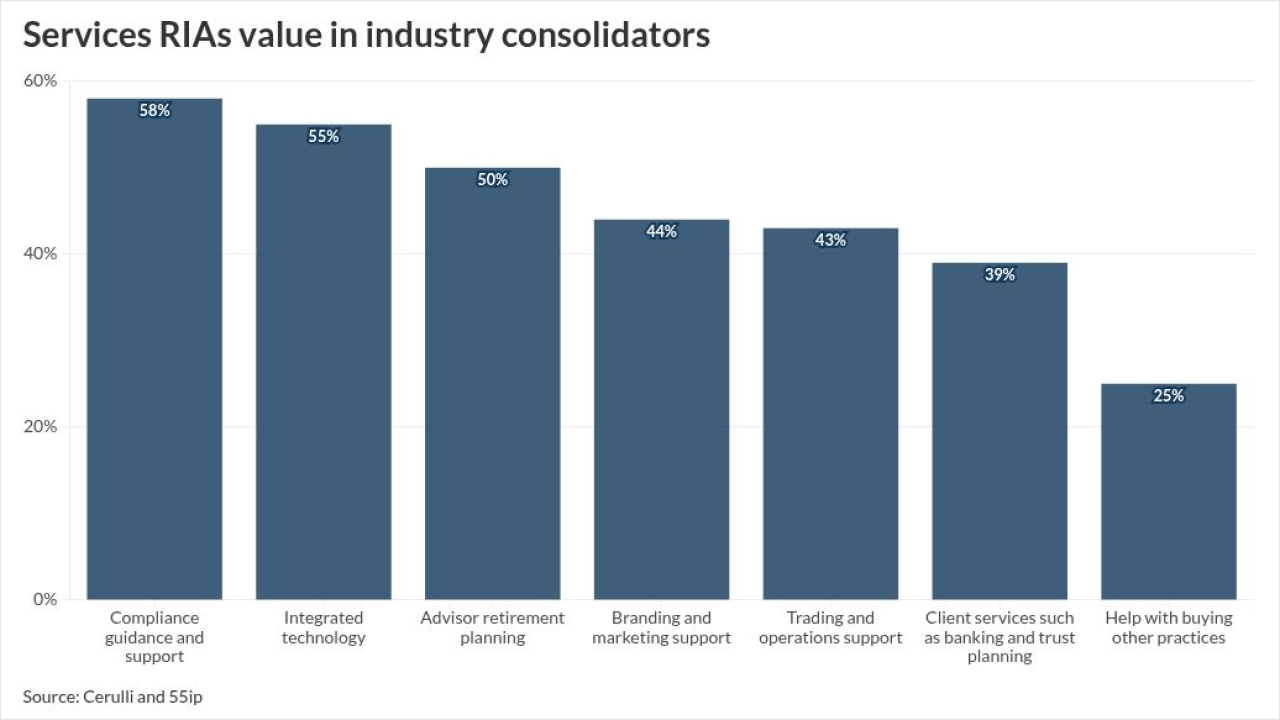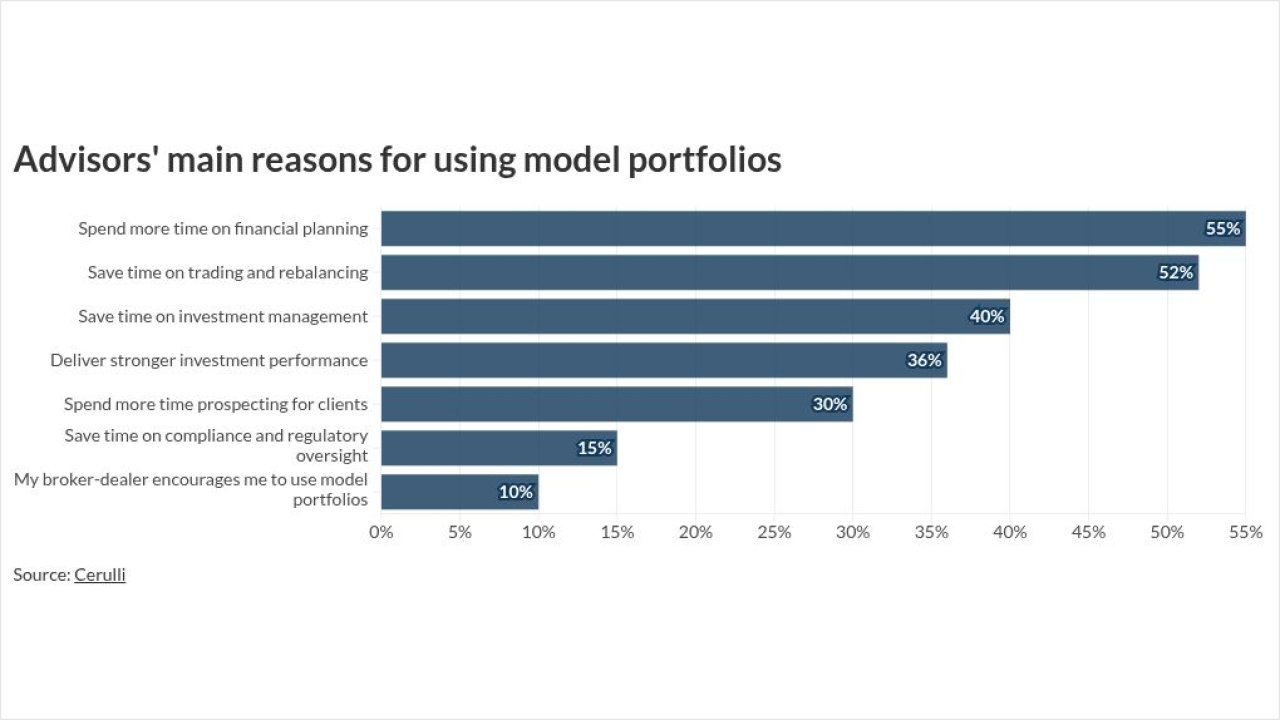He thought it was his money and he could use it to fund his business. Instead, Terry Ellis had his entire IRA disqualified and was forced by a recent appellate court decision to pay substantial penalties and a massive tax bill.
Ellis entire IRA was deemed a taxable distribution by the U.S. Court of Appeals in St. Louis because he received a salary from an LLC owned by his IRA. This is a cautionary tale for advisors with clients, like Ellis, who wish to use their IRA to finance their business.
A PROHIBITED TRANSACTION
The appellate court ruled that the salary was a prohibited transaction because Ellis was indirectly transferring funds from his IRA and using them for his own benefit. The court concluded that this was indirect self-dealing and a prohibited transaction. Ellis argued that because his salary was paid from his business account (the LLC) and not from his IRA, it should be allowed. But the court ruled that even an indirect payment is self-dealing with the assets of the IRA and therefore prohibited.
Normally, a withdrawal from an IRA would be taxed and then the money would be available to be used for anything. But instead of paying tax and a 10% early withdrawal penalty (which applies if the IRA owner is under the age of 59 ½, as was the case here), some clients use their self-directed IRA to invest in their business without incurring a tax.
It sounds good on the surface. But as this case shows, it can end in disaster, if the client violates the IRAs strict self-dealing rules and triggers a prohibited transaction that disqualifies the IRA. Then, the entire IRA is treated as if all the funds were distributed on Jan. 1 of the year the prohibited transaction occurred, ending the IRA and creating a tax liability, plus possible penalties.
In the original case decided back on Oct. 29, 2013, the Tax Court ruled that Ellis engaged in a prohibited transaction (self-dealing) when a business owned by his IRA paid him for being the general manager of that business. His entire IRA was disqualified and deemed distributed, resulting in the assessment of income taxes and the 10% early distribution penalty on the full amount. He was also hit with a penalty for underpayment of income taxes.
OWNED BY AN IRA
Here is the background: Ellis worked for many years at Aventis Pharmaceuticals and accumulated a sizable balance in his 401(k). In 2005, a law firm helped Ellis start a limited liability company called CST, which would sell used cars. Mr. Ellis acted as the general manager of CST with authority to act on behalf of the company. He also worked in CSTs used-car business.
The operating agreement of CST called for Ellis to open an IRA that would own 98% of CST in exchange for a capital contribution of $319,500. The other 2% would be owned by an unrelated party. Because an LLC has no stock, the IRA would own CST by purchasing membership certificates.
After CST was formed in May 2005, Ellis began putting the plan in place. First, he established an IRA with First Trust Co. of Onaga in early June 2005. On June 22, 2005, he received a distribution from his Aventis Pharmaceuticals 401(k) plan of $254,206, which he rolled over to his newly opened IRA. The next day, his IRA bought part of CST for $254,000 in cash.
In August, he received a second 401(k) distribution of over $67,000, which he rolled over to his IRA. A few days later, to finish the IRAs 98% ownership of CST, his IRA bought the remaining portion for $65,500. After the purchase, one membership certificate showing the 98% ownership was issued to his IRA at First Trust. A cash balance of just under $2,000 remained in the IRA.
In late June 2005, Ellis attorney organized another LLC, called CDJ, which was owned 50% by Mr. Ellis; 12.5% by his wife, Sheila; and 12.5% by each of their three children.
CDJs purpose was to buy commercial investment properties and to lease them. In December 2005, CDJ bought a property that was financed mostly through a mortgage. This property was then leased to CST for its used car business in 2006.
In late November 2005, in order to properly report the Dec. 31 value of Ellis IRA, First Trust requested an estimate of CSTs fair market value. First Trust reported on the 2005 IRS Form 5498 that the Dec. 31, 2005, fair market value was $321,253, which consisted of the $319,480 value of CST plus $1,773 in cash.
COLLECTING A SALARY
During 2005, Ellis was paid $9,754 for his role as general manager. These payments were made from CSTs corporate checking account and not from his IRA. CST deducted this amount on its corporate tax return as compensation of officers and it was reported to Ellis on a W-2 form. Ellis and his wife filed a joint tax return for 2005 and included the wages received from CST, but they didnt disclose that Ellis IRA had purchased 98% of CST.
The year 2006 was much the same. Ellis was paid over $29,000 in compensation from CST, which was reported on his joint tax return. However, once again, the return didnt disclose that CST, a company that paid him compensation, was owned by his IRA.
The IRS examined Ellis tax returns and in 2011 issued a notice of deficiency for 2005 and 2006 for underpayment of income taxes resulting from Ellis IRA being disqualified as a result of a prohibited transaction. The IRS argued that at some point in 2005 or 2006, Ellis had engaged in a prohibited transaction with his IRA and, thus, the IRA was deemed distributed to him on the first day of that year. The IRS also assessed the 10% early distribution penalty because Ellis was under age 59 ½. The IRS argued that a prohibited transaction occurred at one of the four following times:
- During 2005 when his IRA acquired CST.
- During 2005 when CST paid him compensation.
- During 2006 when CST paid him compensation
- When Ellis had CST enter into a lease with CDJ.
A DISQUALIFIED PERSON
The court said that Ellis, as the IRA owner, certainly exercised discretionary control over his IRA and was a fiduciary of his IRA. Therefore, he was a disqualified person with respect to his IRA.
From there, the court had to decide if Ellis engaged in a prohibited transaction. The IRS first argued that a prohibited transaction occurred in 2005 when his IRA acquired CST. Ellis argued that it wasnt a prohibited transaction, relying on a 1996 case, in which the court ruled that issuing stock in a newly formed corporation to an IRA was not a prohibited transaction.
The court agreed with Ellis, determining that the purchase of CST was not a prohibited transaction because it was organized without Ellis or another disqualified person ever having ownership in the company at that time. CST had no owners before the initial capital contribution made by Ellis IRA and, therefore, CST could not be a disqualified person.
The IRS also argued that Ellis salary from CST created a prohibited transaction. Since Ellis, a fiduciary of his IRA, was the owner of 50% or more of CST, the IRS argued that CST was a disqualified person after his IRA invested in it and, therefore, could not pay Ellis a salary. Ellis countered that it was not a prohibited transaction because the salary he received did not come from IRA assets but rather, came from the income of CST.
In the end, the court sided with the IRS, ruling that the compensation paid to Ellis by CST was a prohibited transaction.
From the court:
To say that CST was merely a company in which Mr. Ellis IRA invested is a complete mischaracterization when, in reality, CST and Mr. Ellis IRA were substantially the same entity. In causing CST to pay him compensation, Mr. Ellis engaged in the transfer of plan income or assets for his own benefit.
Ellis then launched one last-ditch effort, arguing that IRC section 4975(d)(10) allows a disqualified person to receive reasonable compensation for service rendered in the performance of duties with the IRA. The court, however, said Ellis compensation was not for services in managing the IRAs investments, but rather for his services as the general manager of CST for its used car business.
Once Ellis IRA was disqualified, it was moot whether any other transactions were prohibited. You need only one prohibited transaction to destroy the IRA.
As a result of the 2005 prohibited transaction, Ellis entire IRA was disqualified. His entire $321,000 rollover was deemed a taxable distribution, and since Ellis was under age 59½ at the time, he was also subject to the 10% early distribution penalty. In addition, the court upheld the IRS assessment of a 20% penalty for income tax underpayment in 2005 as a result of the distribution.
Ed Slott, a CPA in Rockville Centre, N.Y., is a Financial Planning contributing writer and an IRA distribution expert, professional speaker and author of several books on IRAs. Follow him on Twitter at
Read more:





